Source: Suddaby, R. (2010). Editor’s Comments: Construct clarity in theories of management and organization. Academy of Management Review, 35(3), 346–357.
Understanding the Importance of Clear Concepts in Management Theories
Main Themes:
- The Critical Role of Clear Concepts:
- Developing strong theories in management and organizational studies hinges on having clear and well-defined concepts.
- Without clarity, theories can become confusing, less effective, or even misleading.
- Four Fundamental Elements of Construct Clarity:
- Precise Definitions: Clearly and succinctly defining each concept so that everyone understands exactly what is meant.
- Explicit Scope Conditions: Specifying where and when a concept applies, including any limitations or exceptions.
- Clear Relationships Between Concepts: Understanding and explaining how each concept connects to others within the theoretical framework.
- Overall Coherence: Ensuring that all parts of the concept fit together logically to form a consistent and integrated whole.
- Different Interpretations Across Research Traditions:
- Researchers from various backgrounds may approach concepts differently based on their philosophies and methodologies.
- This leads to debates about the best ways to define and use concepts in theories.
- The Need for Ongoing Dialogue:
- Continuous conversations among researchers are essential for refining concepts and improving clarity.
- Collaboration helps enhance both the relevance and rigor of organizational research.
Most Important Ideas and Facts:
- Concepts as the Building Blocks of Theories:
- In management and organizational studies, we often deal with abstract ideas that can’t be directly observed, like “leadership,” “motivation,” or “organizational culture.”
- These abstract ideas are called constructs. They serve as the foundational elements of theories, providing the vocabulary and framework needed to understand and explain how organizations work.
- Without well-defined constructs, it’s challenging to build theories that accurately represent real-world phenomena.
- The Four Pillars of Construct Clarity Explained:1. Precise Definitions:
- Why It Matters: A precise definition ensures that everyone has the same understanding of a concept, reducing confusion.
- How to Achieve It:
- Use clear and straightforward language.
- Avoid jargon and technical terms unless they’re necessary and well-explained.
- Steer clear of circular definitions (where the term is defined by itself) and tautologies (statements that are true in every possible interpretation).
- Example: Instead of defining “motivation” as “the act of being motivated,” a precise definition would be “the internal processes that initiate, direct, and sustain behavior towards achieving a goal.”
- Why It Matters: Concepts may not apply universally; specifying the scope helps others understand the boundaries.
- How to Achieve It:
- Clearly state the contexts, situations, or environments where the concept is relevant.
- Acknowledge any limitations or conditions under which the concept might not hold true.
- Example: A theory about employee engagement might apply primarily to office-based workers and not to remote or gig economy workers.
- Why It Matters: Theories are made up of interconnected concepts; understanding these relationships strengthens the theory.
- How to Achieve It:
- Map out how the concept relates to other ideas, both within the theory and in the broader field.
- Reference existing theories or constructs to position your concept within the established knowledge.
- Example: Explaining how “transformational leadership” differs from and relates to “transactional leadership” provides clarity on where it fits in leadership theories.
- Why It Matters: A theory needs to make sense as a whole; inconsistencies can undermine its validity.
- How to Achieve It:
- Ensure that the definition, scope, and relationships of the concept are logically consistent.
- Use logical reasoning and evidence to support how the pieces fit together.
- Example: If a concept is defined narrowly but is applied broadly in the theory, this inconsistency needs to be resolved for coherence.
- Varying Perspectives on Constructs:
- Different Research Traditions:
- Positivism:
- Focuses on measurable, observable phenomena.
- Emphasizes operationalizing concepts so they can be tested empirically.
- Values precision and narrow definitions to enhance scientific rigor.
- Constructivism:
- Centers on understanding subjective experiences and meanings.
- Values rich, detailed descriptions that capture the complexity of social phenomena.
- Often prefers broader, more flexible concepts to encompass diverse perspectives.
- Positivism:
- Implications:
- These differing approaches can lead to debates about the best way to define and use concepts.
- Some argue for broad “umbrella” constructs that cover wide-ranging ideas, while others advocate for narrowly defined constructs for clarity and testability.
- Different Research Traditions:
- The Need for Ongoing Dialogue in the Research Community:
- Why It Matters:
- Sharing ideas and debating approaches helps refine concepts and theories.
- Collaboration leads to more robust and applicable research findings.
- Areas for Dialogue:
- Techniques for Achieving Clarity: Discussing methods and best practices for defining and using constructs.
- Bridging Disciplines: Exploring how constructs can connect different areas of research or fields of study.
- Enhancing Relevance and Rigor: Balancing the need for theories to be both practically useful and scientifically sound.
- Outcome:
- Through continuous dialogue, the research community can improve the quality of management theories and contribute to a better understanding of organizational behavior.
- Why It Matters:
Key Quotes Explained:
- “Constructs are not a substitute for theory. They are, however, essential to the process of building strong theory.”(Based on Sutton & Staw)
- Explanation:
- Constructs are like the building blocks of a theory. You can’t have a solid structure (theory) without sturdy blocks (constructs).
- While constructs alone don’t make a theory, without them, you can’t develop a coherent and effective theory.
- Emphasizes the importance of carefully defining and using constructs in theory development.
- Explanation:
- “One can easily find exceptions to most of the propositions which are advanced as general principles.”(Based on Walker & Cohen)
- Explanation:
- Highlights the reality that most general statements or theories have exceptions.
- Underlines the importance of specifying scope conditions to acknowledge where a concept or theory might not apply.
- Encourages researchers to be cautious about making overly broad claims without considering potential exceptions.
- Explanation:
- “Though each of us may have his or her own leanings, the field as a whole probably needs both broad (umbrella) and narrow (policing) perspectives, for this dialectic can be useful for understanding and explaining the underlying issues of organizational life.”(Based on Hirsch & Levin)
- Explanation:
- Suggests that both wide-ranging and narrowly focused concepts are valuable.
- The interplay between broad and narrow perspectives enriches the field by offering different insights.
- Encourages openness to diverse approaches to better understand complex organizational issues.
- Explanation:
Conclusion:
This article emphasizes that clear and well-defined concepts are essential for building effective management and organizational theories. By focusing on the four pillars of construct clarity—precise definitions, explicit scope conditions, clear relationships between concepts, and overall coherence—researchers can develop theories that are both understandable and useful.
Different research traditions bring varied perspectives to how constructs should be developed and used. Positivists may prioritize precise measurement and operationalization, while constructivists might focus on capturing the richness of human experiences. Recognizing and valuing these differences can lead to more comprehensive and insightful theories.
Ongoing dialogue within the management research community is crucial. By continually discussing and refining constructs, researchers can improve the clarity and applicability of their theories. This collaborative effort enhances our collective understanding of organizational phenomena and contributes to the advancement of the field.
In summary, achieving construct clarity is not just about defining terms; it’s about building a solid foundation for theories that can effectively explain and predict how organizations operate. By paying careful attention to definitions, scope, relationships, and coherence, and by engaging in continuous dialogue, researchers can develop robust theories that stand the test of time and make meaningful contributions to the world of management and organizations.


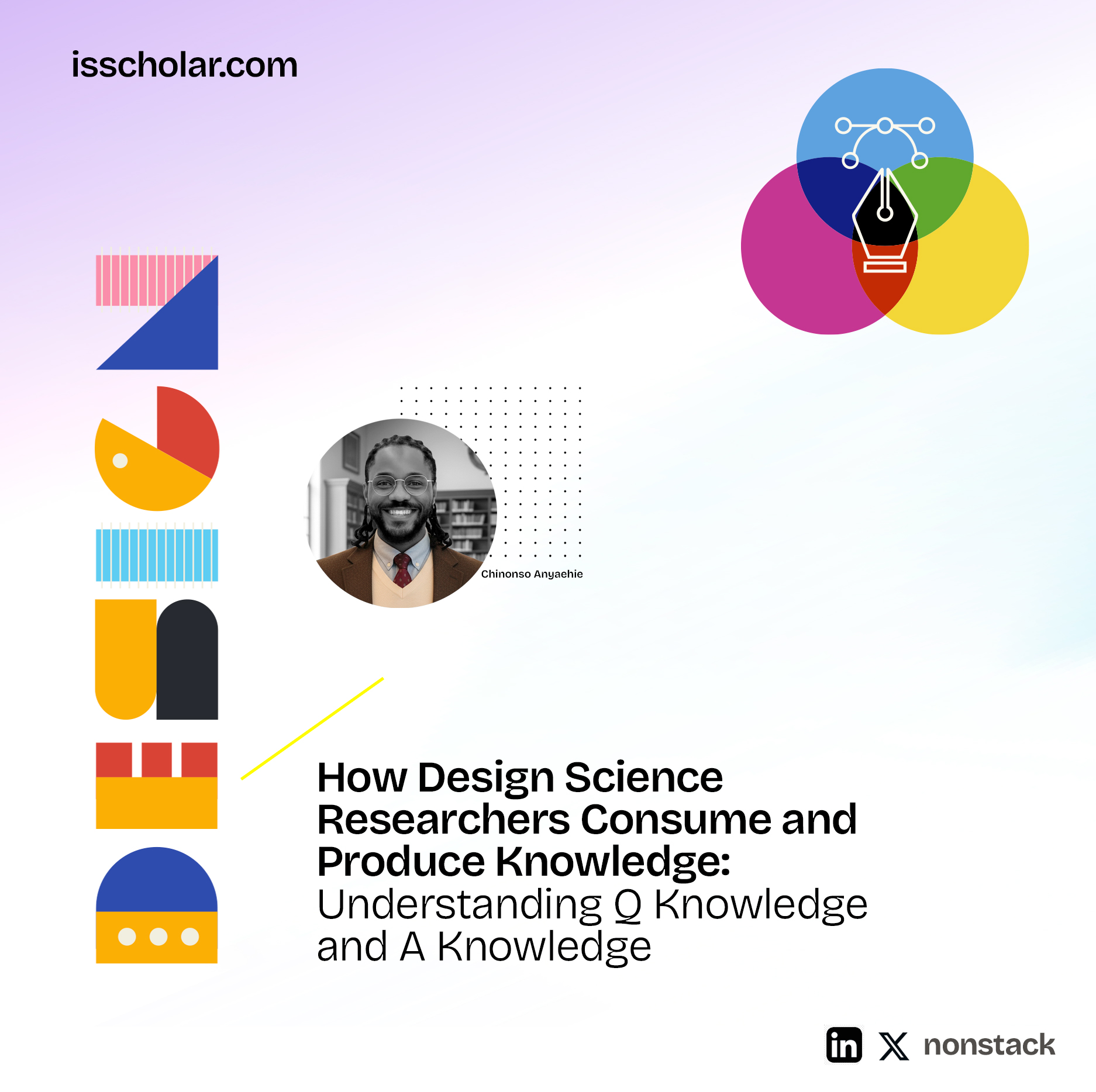
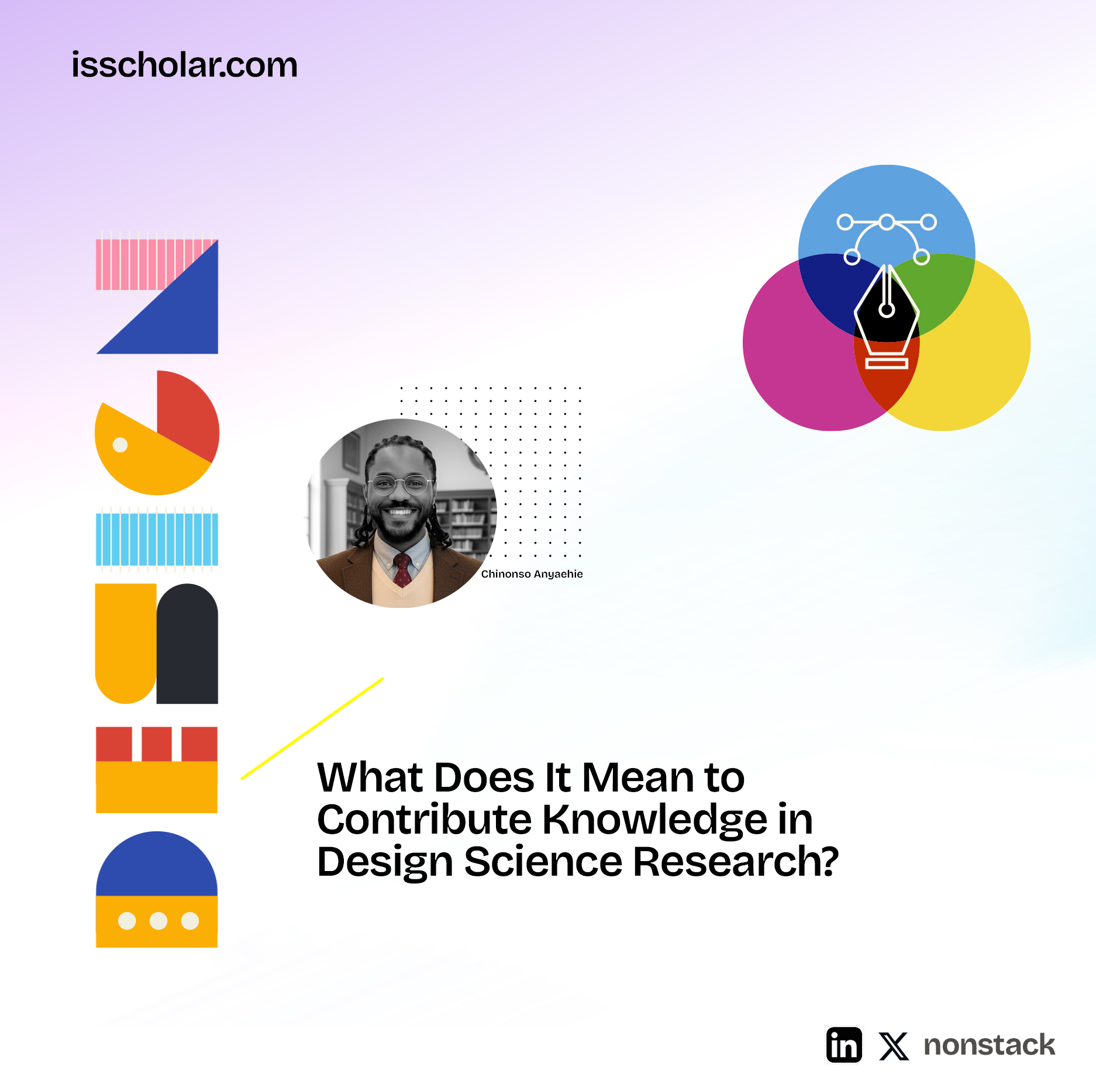
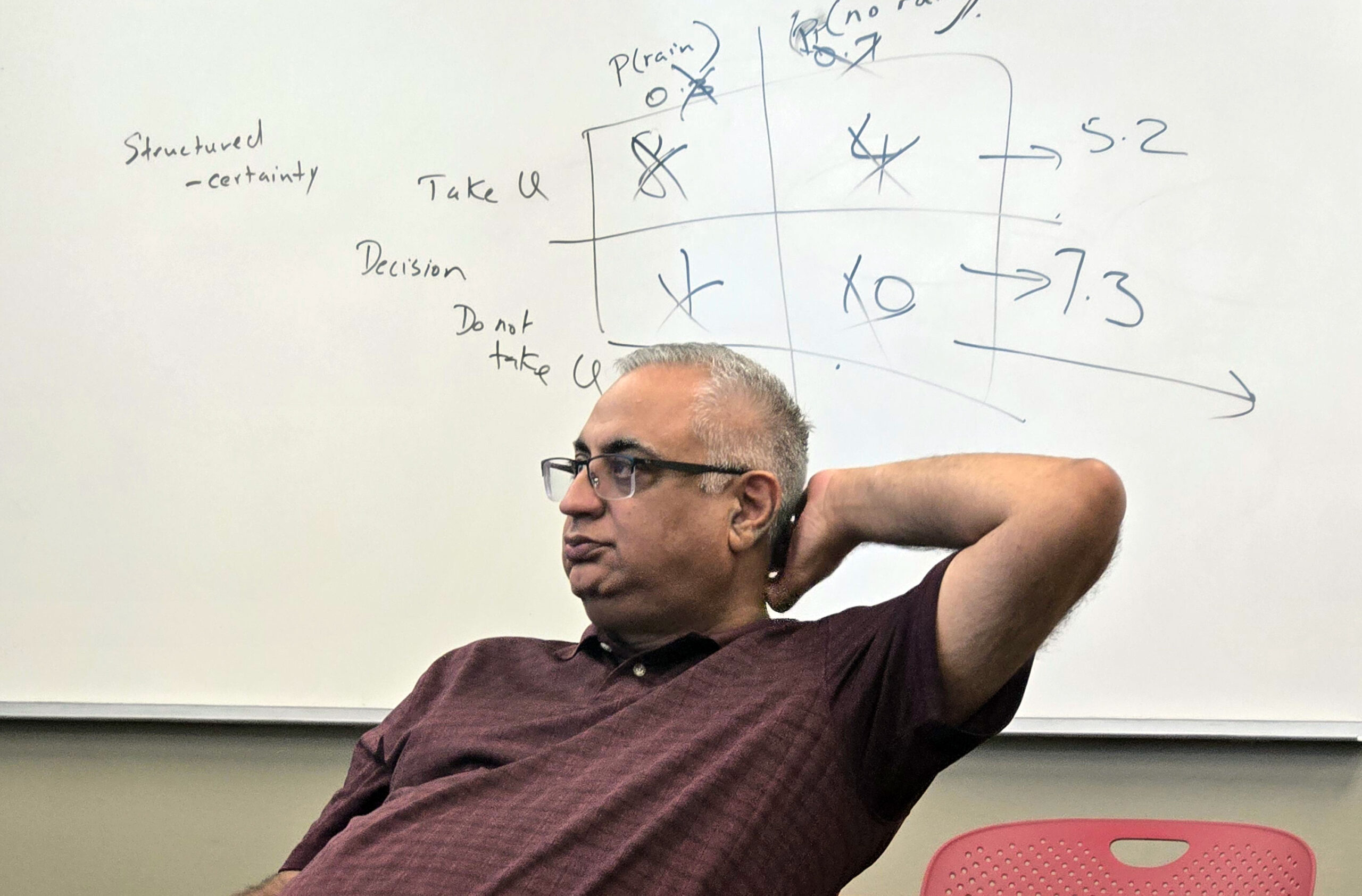
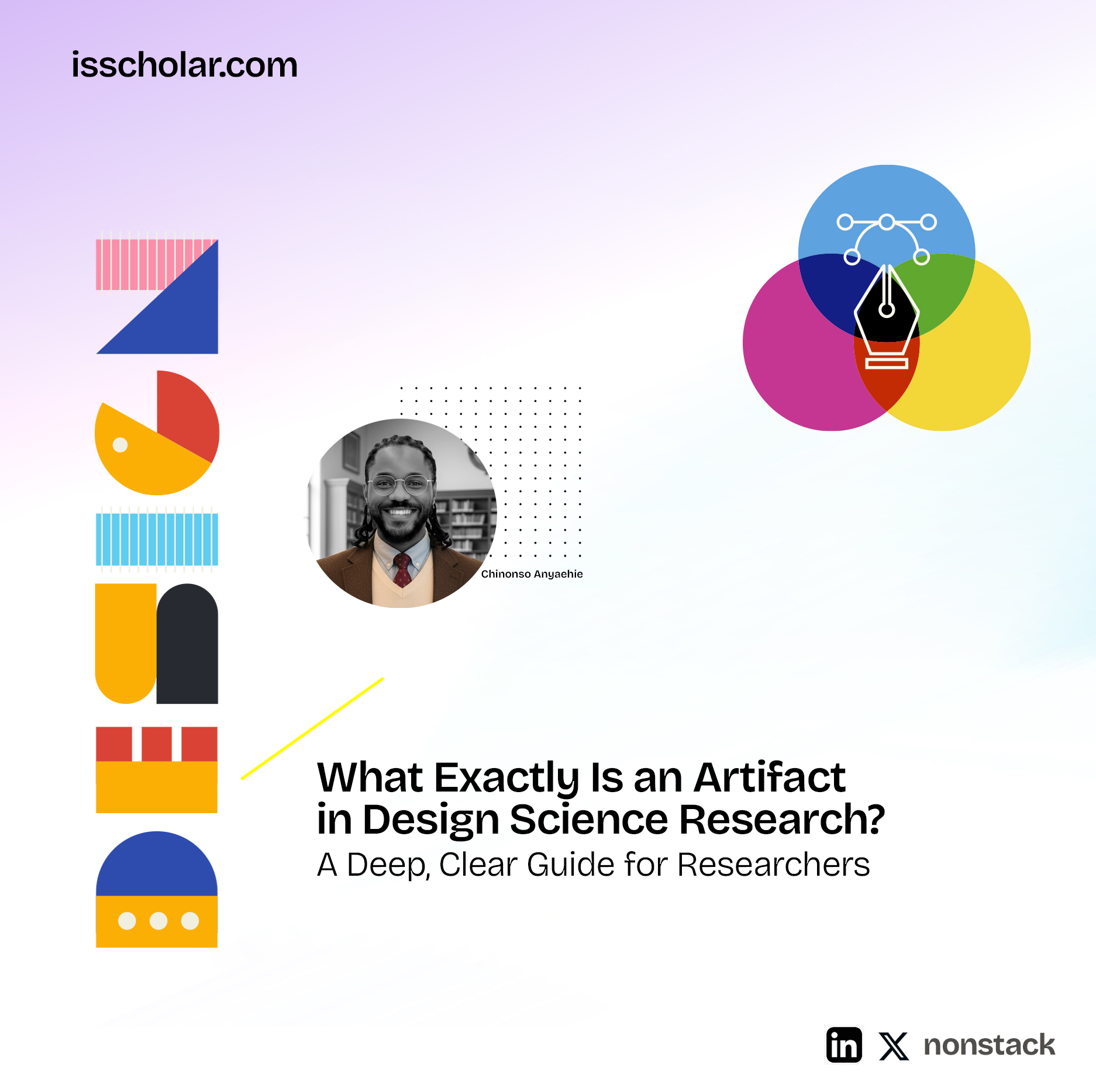
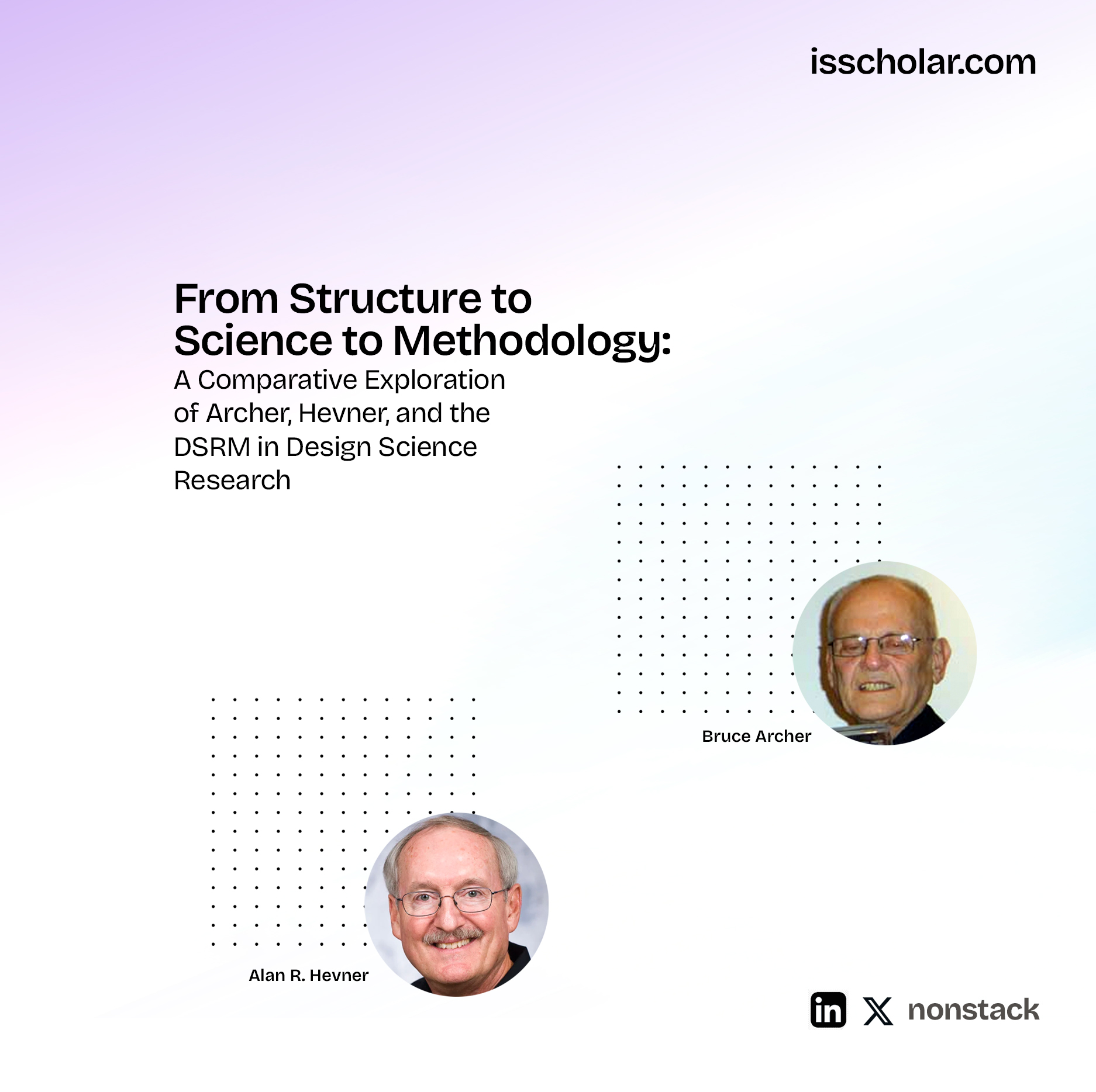
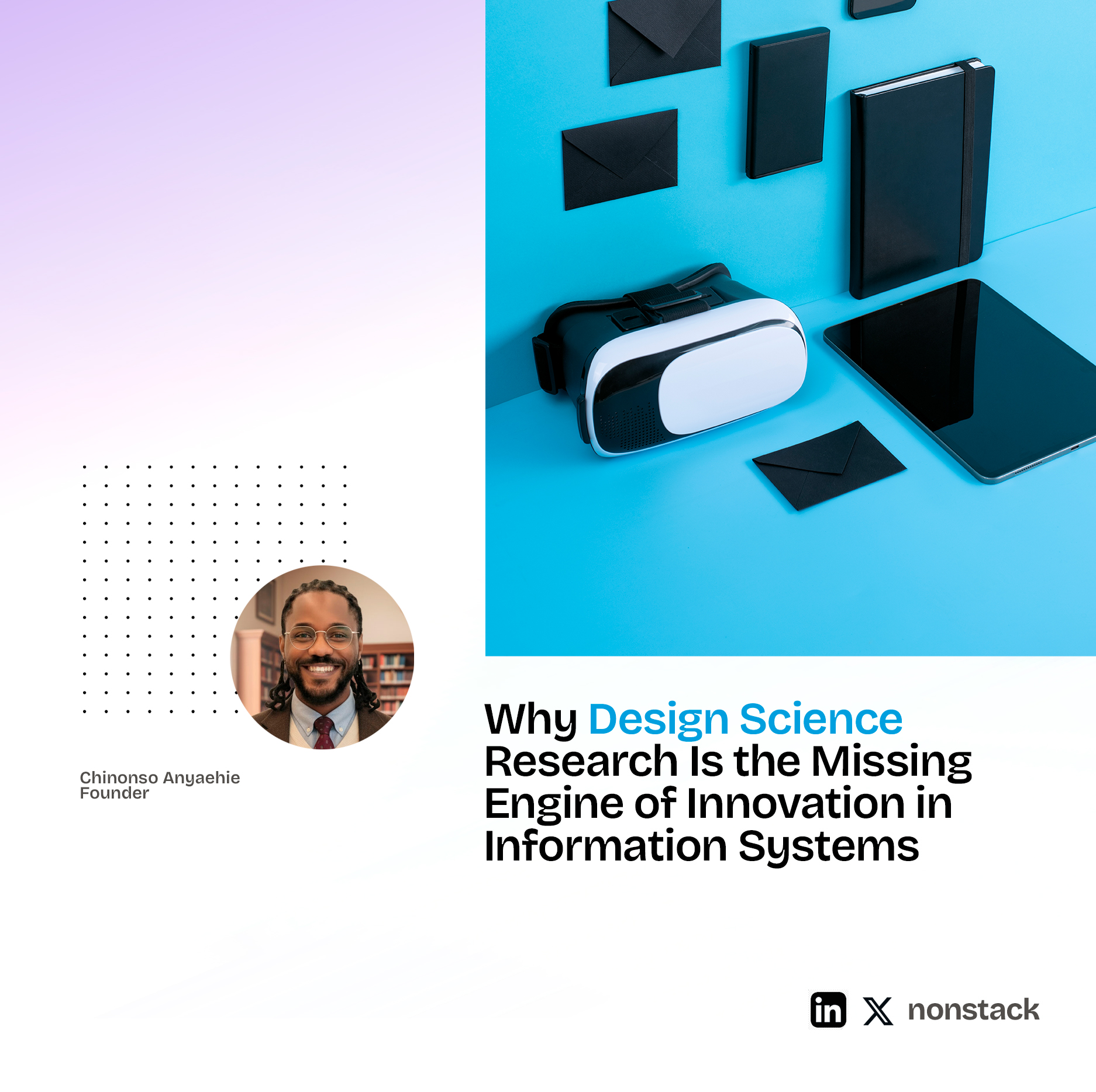
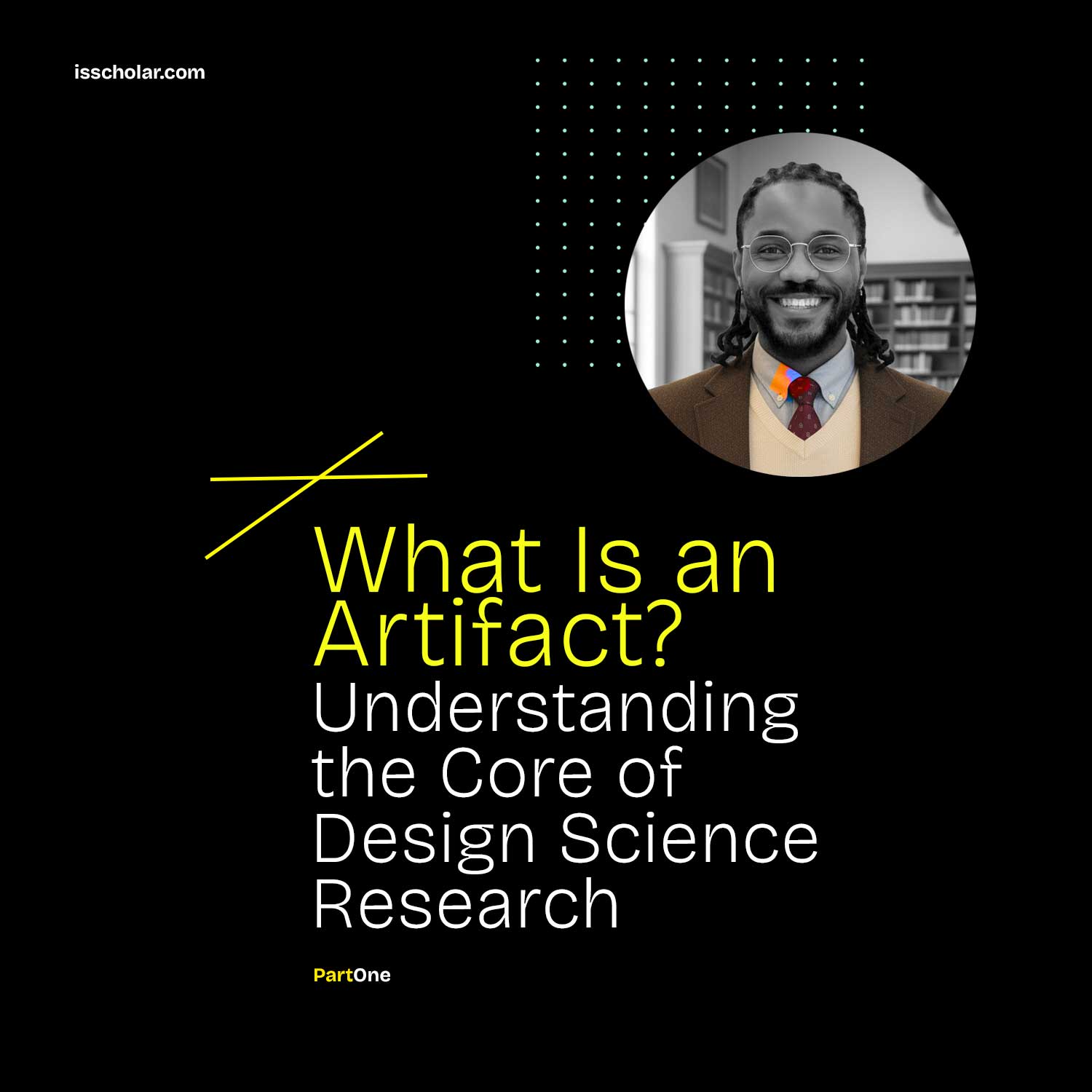

Leave a Reply